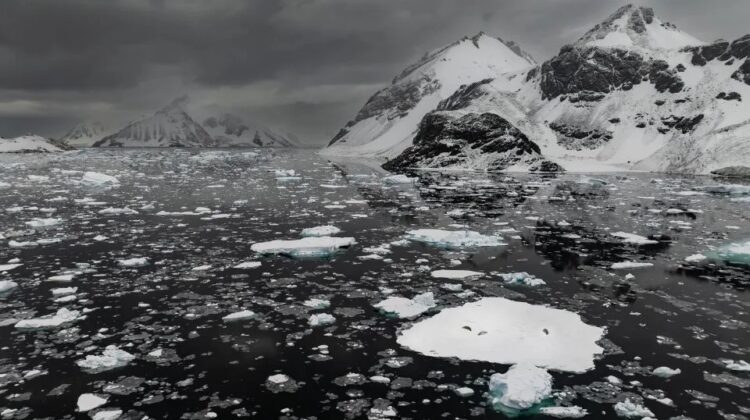
An unprecedented heat wave gripping Antarctica, a region typically renowned for its extreme cold, has ignited deep concern among scientists about the continent’s future and potential global repercussions.
Since mid-July, temperatures in certain parts of Antarctica have surged by an astonishing 50 degrees Fahrenheit above normal. This anomalous warmth is expected to persist through the first half of August, a period conventionally marked by the region’s coldest conditions.
Data reveals that temperatures in East Antarctica, where the most severe heat is concentrated, have soared from the usual minus 58 to minus 76 degrees Fahrenheit to a milder minus 13 to minus 22 degrees Fahrenheit. While still frigid, this stark contrast to typical conditions is alarming, especially when compared to locations like Bismarck, North Dakota, which experiences temperatures of minus 20 degrees at least annually since 1875.
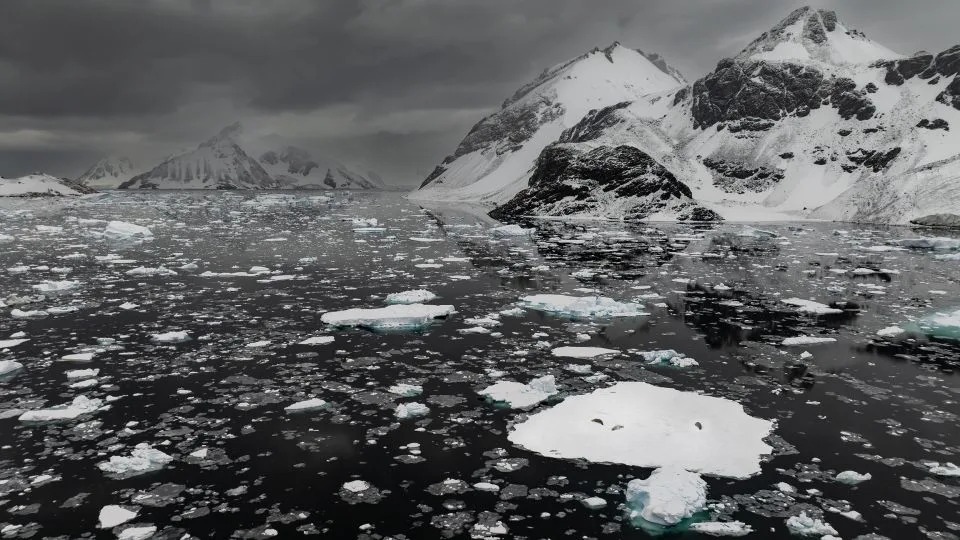
Sebnem Coskun/Anadolu/Getty Images
The emergence of summer-like heat in the heart of winter is particularly alarming for Antarctica, a continent instrumental in regulating global sea levels. With the majority of the planet’s ice stored here, significant melting could drastically elevate global sea levels—potentially by over 150 feet if all Antarctic ice melted. Even more localized melting, such as that of the so-called Doomsday Glacier, could contribute up to 10 feet to sea level rise, posing catastrophic threats to coastal communities worldwide.
David Mikolajczyk, a research meteorologist, warns that future heat waves could further weaken Antarctica’s defenses during its warmer seasons, rendering the continent even more vulnerable to subsequent melting and potentially disrupting global oceanic circulations vital for maintaining Earth’s climate.
Thomas Bracegirdle, a deputy science leader, expressed astonishment at the record-breaking temperatures, describing the event as a significant harbinger of what may lie ahead. While scientists are investigating the frequency of such extreme heat waves, the general consensus is that high-temperature extremes will become more common under a changing climate.
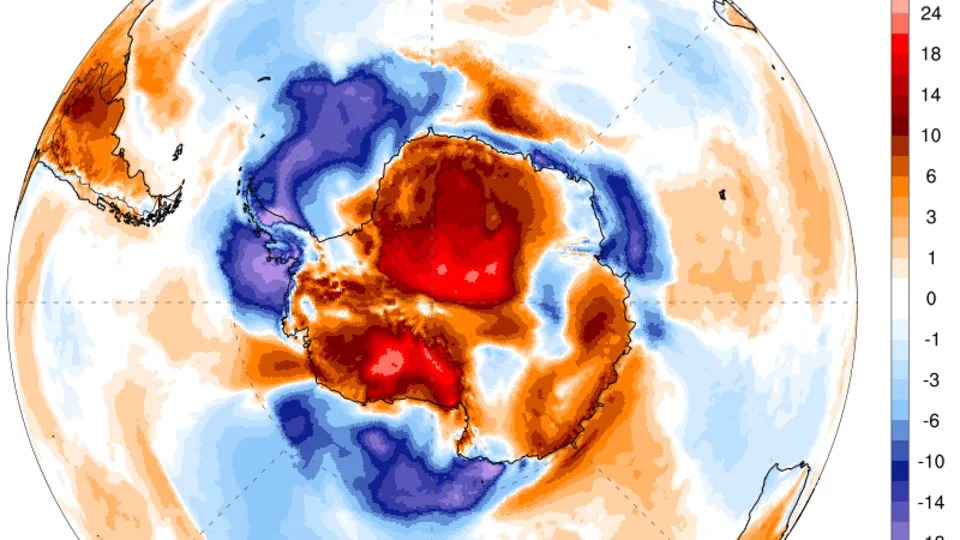
This heat wave contributed to Earth’s record-breaking hottest day in late June. It follows a similarly severe heat wave in March 2022, where temperatures reached up to 70 degrees above normal—the most extreme temperature departures ever recorded in Antarctica. A 2023 study linked this unprecedented heat wave to climate change, which contributed 3.6 degrees of warming and could exacerbate such events by 9 to 10.8 degrees Fahrenheit by 2100.
While this current heat wave hasn’t matched the intensity of 2022, its duration and expanse are notable. Ted Scambos emphasizes that the key differences between the two events lie in atmospheric conditions.
The ongoing heat wave is attributed to a breakdown of the southern polar vortex, a phenomenon expected to occur only once every two decades. This disruption releases trapped cold air and allows warm air to infiltrate from the upper atmosphere. Amy Butler explains that the infrequent disruptions of the southern polar vortex contribute to the rarity of such heat waves. The current disruption began in late July and could persist through August, potentially reaching peak intensity soon.
Additionally, warm air surges from the southwestern Indian Ocean have continuously impacted East Antarctica in recent weeks. This persistent warmth is in stark contrast to the region’s typical extreme cold.
East Antarctica, home to the South Pole and known for its frigid conditions, has historically been shielded from such extreme warmth. However, this recent heat wave, coupled with the 2022 event, signals a broader trend of rapid changes in Antarctica.
A 2020 study found that the South Pole warmed more than three times the global average rate from 1989 to 2018. Research has also highlighted the increasing concern over melting in East Antarctica, which has traditionally received less attention than West Antarctica and its Thwaites Glacier.
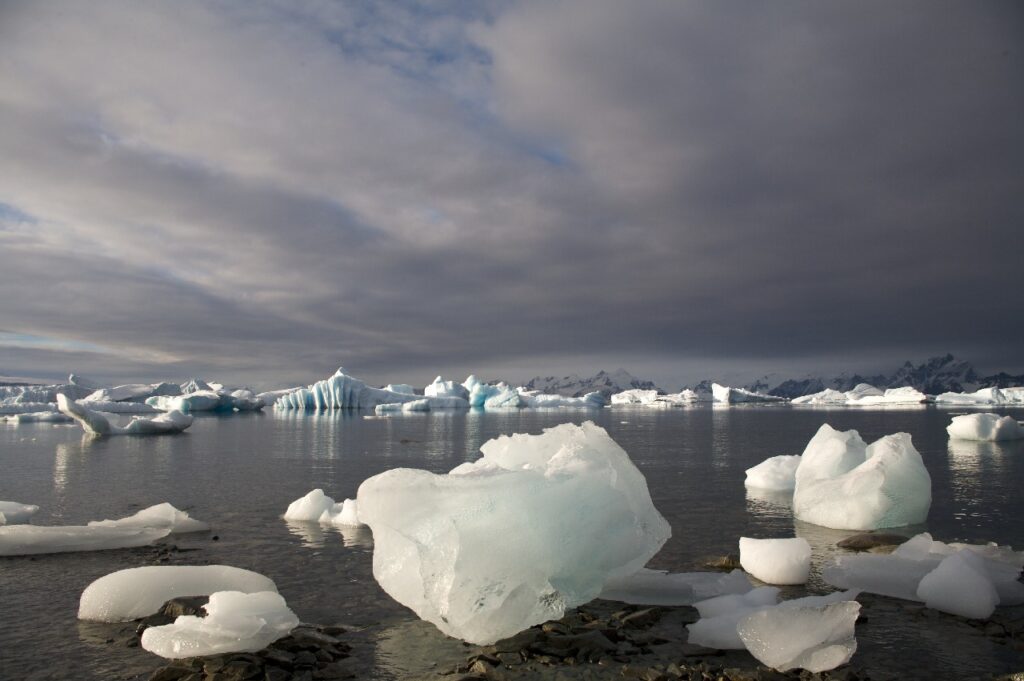
Recent findings indicate that Antarctica lost 280% more ice mass in the 2000s and 2010s compared to the 1980s and 1990s.
Mikolajczyk reflects on this rapid change, stating, “In recent years, the Arctic seemed to be the epicenter of rapid change, but this event shows that significant changes can also happen quickly in Antarctica.”
Would you like to know more about the potential impacts of this heat wave or the efforts being made to study and address this issue?

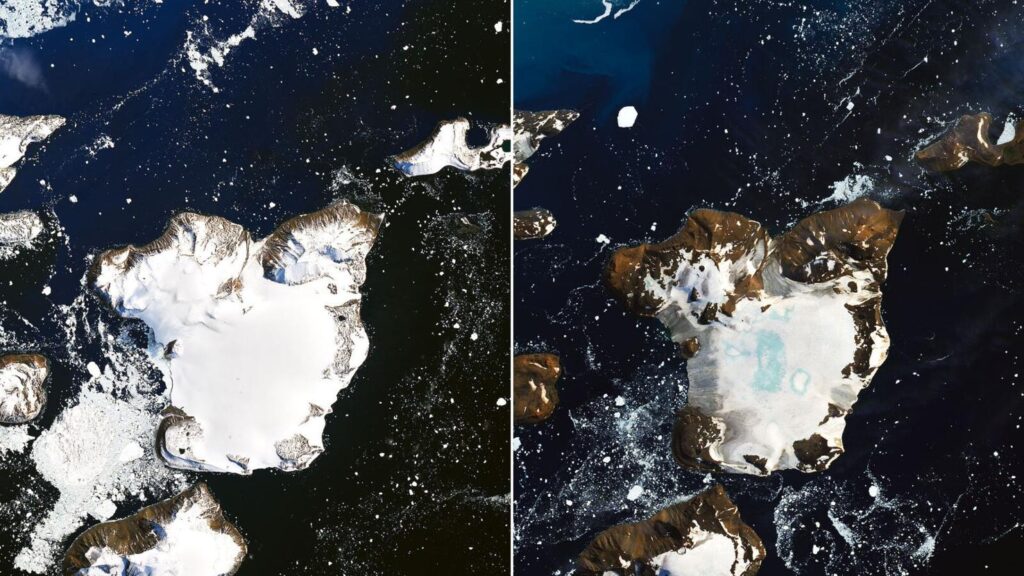
Leave a Reply